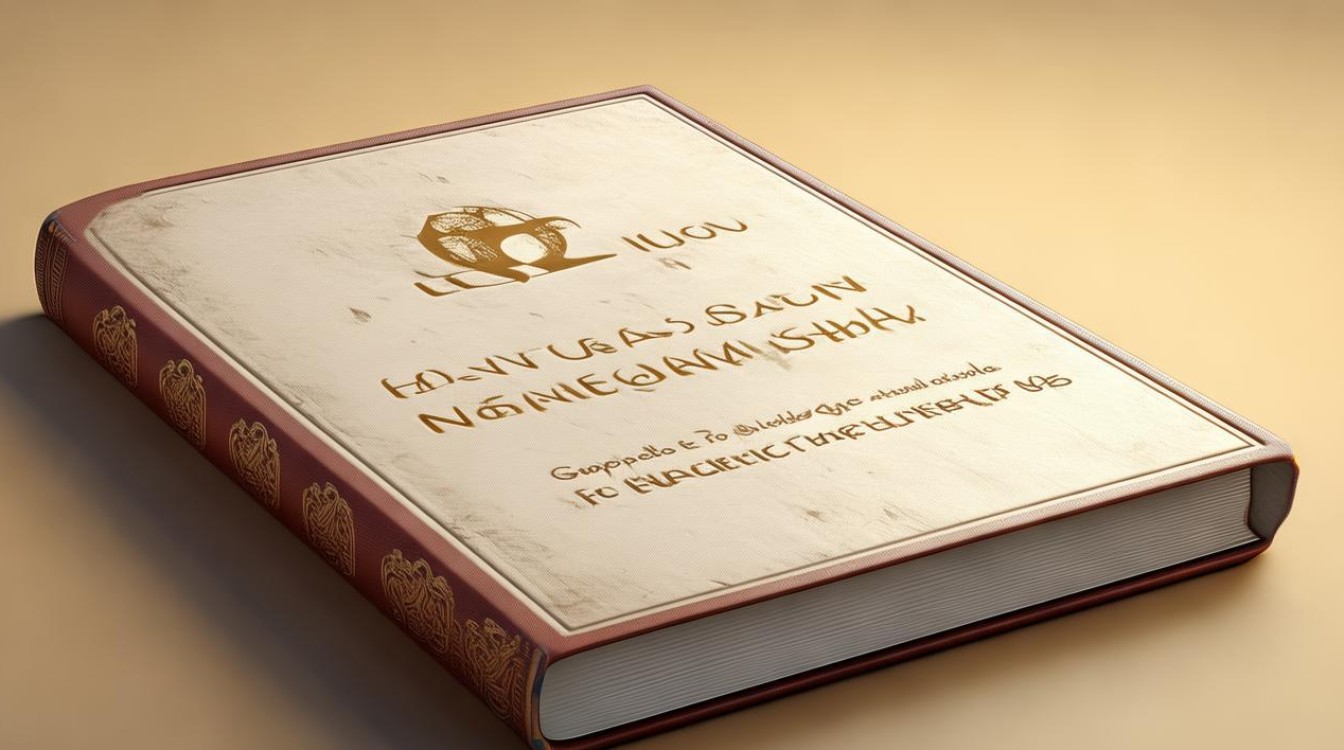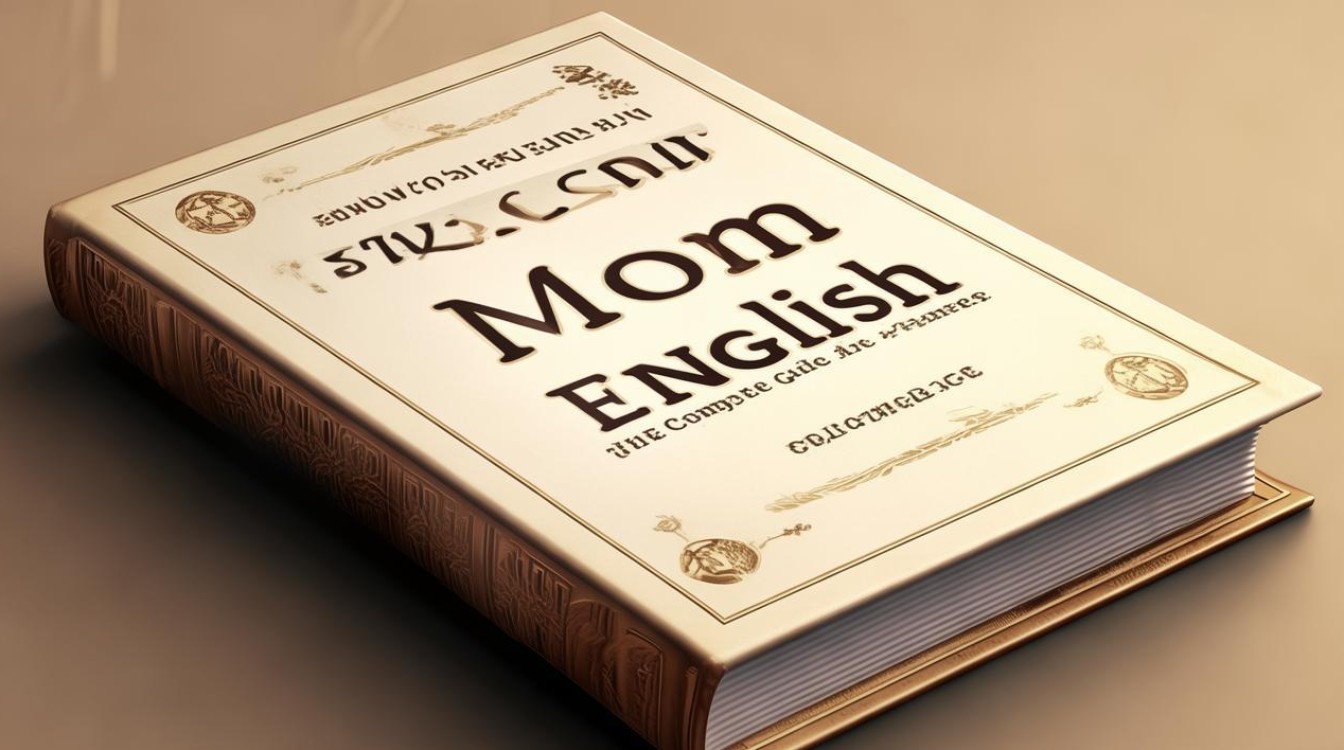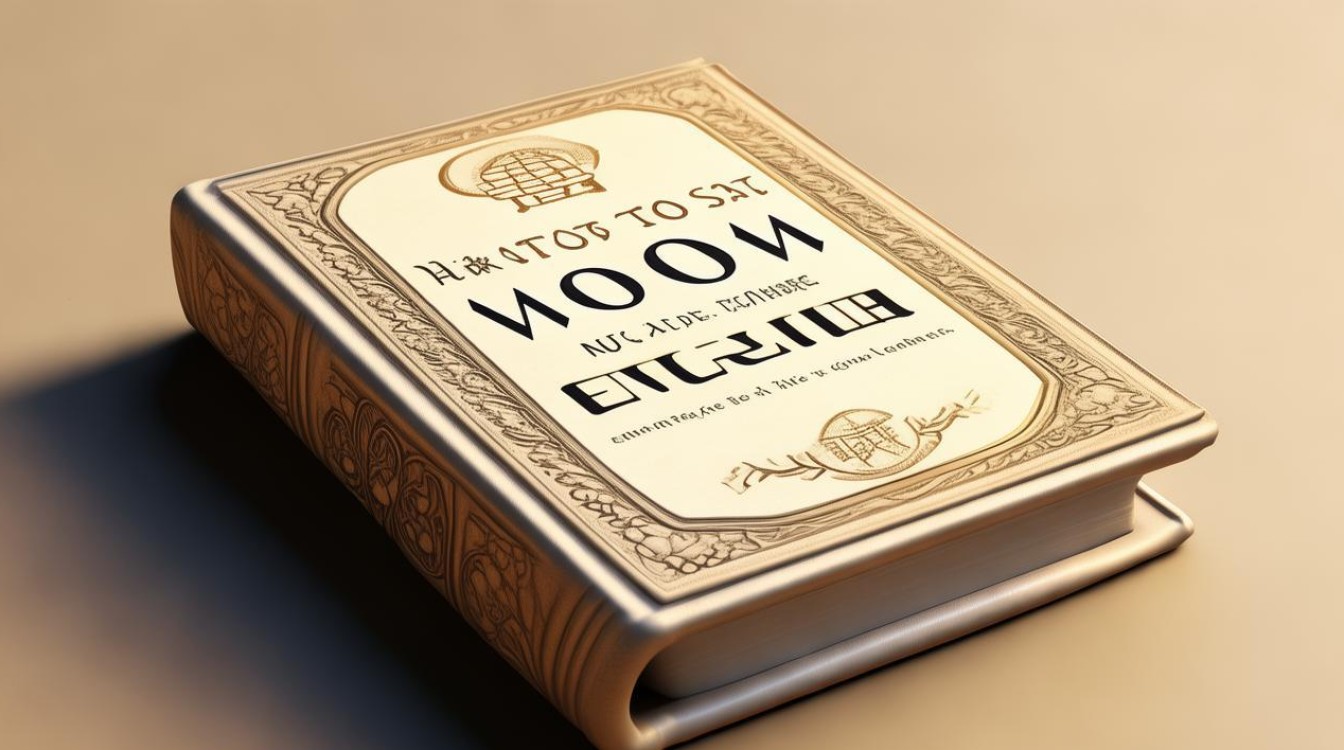When learning English, one of the first words many people want to master is how to say "mom." Whether you're a child, a student, or an adult improving your language skills, knowing how to address your mother in English is both practical and meaningful. This guide covers the correct terms, variations, pronunciation, and cultural nuances to help you use the word confidently.

The Basic Translation: "Mom"
The most common and natural way to say "妈妈" in English is "mom" (American English) or "mum" (British English). These terms are informal, affectionate, and widely used in daily conversation.
- Example:
- "I love you, Mom!" (U.S.)
- "Thanks, Mum!" (U.K.)
Pronunciation:
- Mom → /mɑːm/ (American)
- Mum → /mʌm/ (British)
Formal and Alternative Terms
While "mom" and "mum" are the standard choices, English offers other ways to refer to one's mother, depending on context, formality, or regional preference.
-
Mother – The formal equivalent of "妈妈." Used in writing, formal speech, or when showing respect.
- Example: "My mother is a doctor."
-
Mama – A tender, slightly old-fashioned term, common in some dialects or used by young children.

- Example: "Mama, can I have some milk?"
-
Mommy/Mummy – Mostly used by young kids or in affectionate contexts.
- Example: "Mommy, look at my drawing!"
-
Ma – A casual, regional variant (common in Ireland, parts of the U.S., and some dialects).
- Example: "Hey, Ma, what’s for dinner?"
Cultural Differences in Usage
English-speaking countries have slight variations in how they refer to mothers:
- United States & Canada: "Mom" is standard.
- United Kingdom, Australia, New Zealand: "Mum" is preferred.
- Ireland & Some U.S. Regions: "Mam" or "Ma" may be used.
Understanding these differences ensures you use the right term based on your audience.
Common Mistakes to Avoid
- Confusing "Mom" with "Mum" – If writing for an American audience, use "mom"; for British readers, "mum" is appropriate.
- Overusing "Mother" in Casual Speech – While correct, it can sound distant in everyday talk.
- Mispronunciation – Some learners accidentally say "mama" (similar to Mandarin), but the English pronunciation is sharper: "mom" or "mum."
Using "Mom" in Sentences
To help reinforce learning, here are practical examples:

-
Expressing Love:
- "Happy Birthday, Mom!"
- "I miss you, Mum."
-
Everyday Conversations:
- "Mom, can you help me with homework?"
- "Mum, where are my shoes?"
-
Formal Writing:
"My mother taught me the value of hard work."
Why This Matters in Language Learning
Addressing family members correctly is crucial for natural-sounding English. Using "mom" or "mum" appropriately helps you:

- Sound more fluent in conversations.
- Avoid awkwardness in formal vs. informal settings.
- Connect better with native speakers by understanding cultural norms.
Practice Tips
- Repeat Aloud – Say "mom" or "mum" multiple times to get comfortable with the pronunciation.
- Watch English Media – Listen to how native speakers use these terms in movies, TV shows, or YouTube videos.
- Write Sentences – Practice by writing short notes or messages using the word.
Final Thoughts
Whether you choose "mom," "mum," or another variation, the key is consistency and context. Language is more than just words—it’s about connection. Saying "mom" correctly in English bridges cultures and expresses love in a universal way. Keep practicing, and soon it’ll feel as natural as saying "妈妈."
Now that you know how to say it, why not try using it today? Call your mom, send her a message in English, or simply practice saying the word aloud. Every small step brings you closer to fluency.




